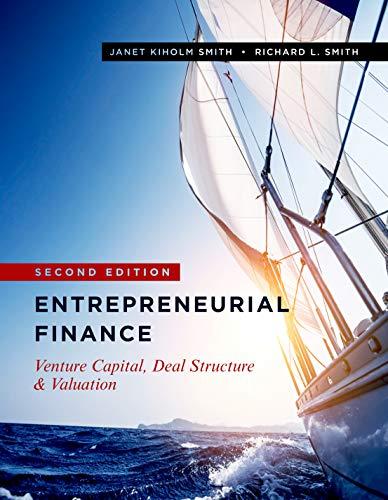Question
Sainsburys is currently evaluating a new project to produce canned coffee drinks. The project will require an initial outlay of 40m on production machinery and
Sainsburys is currently evaluating a new project to produce canned coffee drinks. The project will require an initial outlay of 40m on production machinery and other costs. The project is expected to have a three-year life span, and the projected cash flows associated with the project are displayed in table 1 below:

The project has a debt capacity of 50% of the cost of the project, with an annual interest charge of 7.50%. The company currently has 10m of retained earnings available for this project, and the remainder would potentially be financed with a rights issue. The rights issue incurs additional costs of 2% of the amount raised, and the debt issuance is a bit cheaper, costing 1%, where both issue costs are tax deductible.

THE BETA IS 1.0!!!
QUESTION: The company believes this will be a successful project and will help to distinguish them from its competitors. However, they would like you to evaluate the project using different methods and present a proposal to the investment committee for approval. a) Sainsburys is considering financing the project with 40% debt. Using Adjusted Present Value (APV), value the project. (Assume the same level of debt is held until the end of the project. Do not consider the repayment of the debt principal in any of the valuations.
Please provide a comprehensive calculation
EBITDA: Earnings Before Interest, Taxes, Depreciation, and Amortisation EBIT: Earnings Before Interest and Taxes EBIAT: Earnings Before Interest and After Taxes For simplicity, taxes are calculated assuming no interest expense Annual capital expenditures are in addition to the initial outlay, and assumed to cease at the end of the project Table 2; Key Rates and Figures \begin{tabular}{lc} Risk-free rate (irf) & 1.30% \\ Project cost of debt (id) pre-tax & 7.50% \\ UK market premium & 7.00% \\ UK marginal corporate tax rate & 20.00% \\ Britvic plc equity beta () & ? \\ \hline \end{tabular} EBITDA: Earnings Before Interest, Taxes, Depreciation, and Amortisation EBIT: Earnings Before Interest and Taxes EBIAT: Earnings Before Interest and After Taxes For simplicity, taxes are calculated assuming no interest expense Annual capital expenditures are in addition to the initial outlay, and assumed to cease at the end of the project Table 2; Key Rates and Figures \begin{tabular}{lc} Risk-free rate (irf) & 1.30% \\ Project cost of debt (id) pre-tax & 7.50% \\ UK market premium & 7.00% \\ UK marginal corporate tax rate & 20.00% \\ Britvic plc equity beta () & ? \\ \hline \end{tabular}
Step by Step Solution
There are 3 Steps involved in it
Step: 1

Get Instant Access to Expert-Tailored Solutions
See step-by-step solutions with expert insights and AI powered tools for academic success
Step: 2

Step: 3

Ace Your Homework with AI
Get the answers you need in no time with our AI-driven, step-by-step assistance
Get Started


